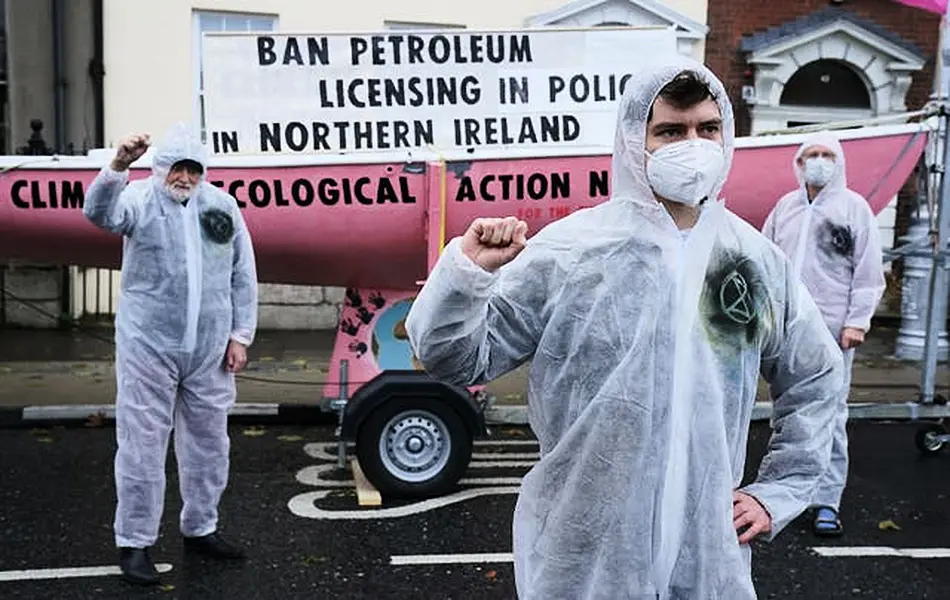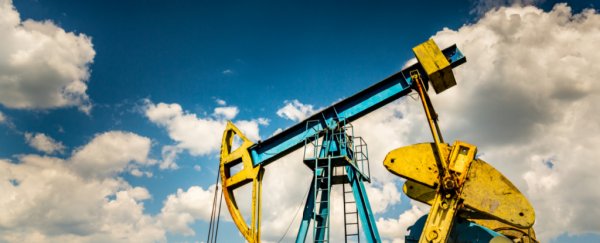
Oil and gas extraction can trigger small, slow-moving, longer-lasting earthquake tremors, which scientists have documented in Canadian fracking fields for the first time.
A team of researchers from the Geological Survey of Canada documented a new type of earthquake event resulting from slow ruptures near an active gas well. This helps to explain how near-imperceptible tremors induced by oil and gas extraction processes can trigger seismic slips and larger earthquakes.
Around 10 percent of the roughly 350 earthquakes recorded over 5 months a few kilometersfrom an active gas well in British Columbia, Canada, ruptured more slowly and lasted seconds longer than typical tremors caused by fracking, the study found.
"We'd assumed that [fracking] induced earthquakes behave like most other earthquakes and have roughly the same rupture speed of two to three kilometers per second," explains seismologist Rebecca Harrington of Ruhr-Universität Bochum, Germany.
Hydraulic fracturing, known as fracking, is a process used by the oil and gas industry that involves pumping pressurized liquids into a drilled well to create small fractures in subsurface rocks.
By its very design, fracking causes small, barely detectable earthquakes to extract oil and gas trapped below ground. The process also pumps huge amounts of wastewater back underground, which can stress existing geological fault lines.
Using a network of seismic stations around an injection well, the researchers found evidence of a hard-to-detect process that had been predicted but not yet documented near fracking sites.
The new type of 'slow-slip' signals documented, dubbed hybrid-frequency waveform earthquakes for their distinctive features, release little seismic energy and measured magnitude 2.0 or less.
Based on previous modeling and experimental studies, it's thought that high-pressure fracking induces aseismic slips which interact with nearby faults, stress rocks and lead to larger seismic events, with the hybrid-frequency waveforms being new evidence of that transition happening – a few kilometers from gas wells.
The study follows mounting concerns that fracking is "generating larger and larger maximum magnitude earthquakes," Harrington and colleagues write in their paper, which was published with funding from an open science initiative.
The largest earthquake caused by fracking struck China in 2018 and measured magnitude 5.7, the same magnitude as, for example, a naturally occurring earthquake in Pakistan that left at least 20 people dead in 2021. So although these manmade earthquakes are rare, they have the potential to cause serious harm.
In recent years, studies have linked distant earthquakes to fracking, finding that fluid injection can induce earthquakes "much faster and farther away" than previously thought.
This kind of research, which seeks to understand how fracking triggers minor tremors leading to larger earthquakes, provides critical evidence linking extractive processes to earthquake damages, not least for residents living near fracking sites who have long opposed the practice, fearing damage to property, water supplies, and livelihoods.
"In the absence of a known mechanism by which fracking could cause earthquakes more than a mile or two from drilling sites, operators have often denied responsibility for such quakes," geologist Gillian Foulger wrote in The Conversation circa 2019.
Much of this research has been spurred on by a dramatic increase in seismic activity in the midwestern United States in the past few decades, along with observations of tremors that linger months or even years after extraction.
What's more, a 2013 study showed that oil and gas fields stressed by wastewater disposal are prone to mid-sized earthquakes triggered by other large earthquakes thousands of kilometers away, with epicenters under other continents.
While some seismologists argue that a better understanding of earthquakes caused by fracking helps to manage and mitigate associated risks, and that induced earthquakes are rare, the question on many people's minds is whether fracking should be happening at all, given the trajectory our planet is on – a path to catastrophic global heating which can only be averted if we phase out fossil fuels.
On that point, this body of research investigating earthquakes triggered by fracking also has some serious ramifications for already-contentious carbon capture and storage technologies, which are not yet proven at scale and similarly involve injecting captured carbon deep below ground.
"An earthquake-induced rupture of an artificial carbon dioxide reservoir would nullify costly efforts to keep the gas out of the atmosphere, as well as posing health risks to local residents – so understanding how to manage such risks is imperative in the development of such technology," Foulger wrote.
The study was published in Nature Communications.
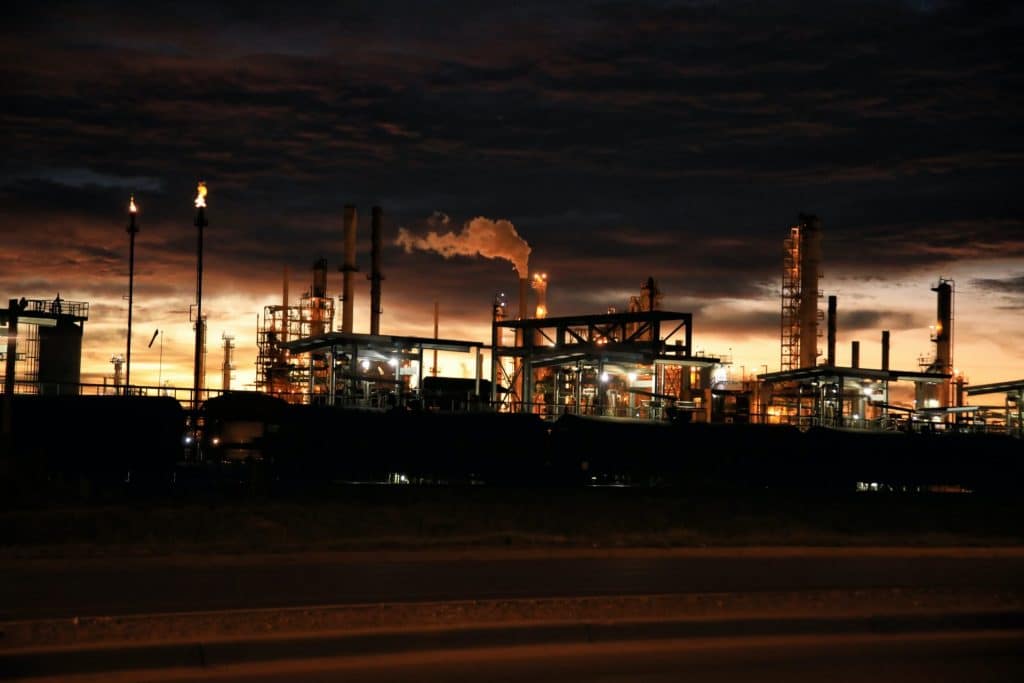
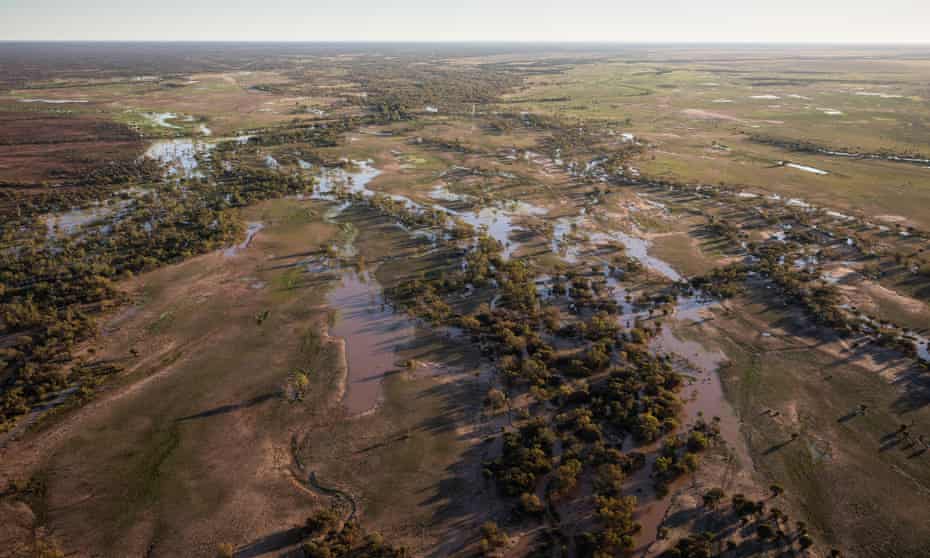
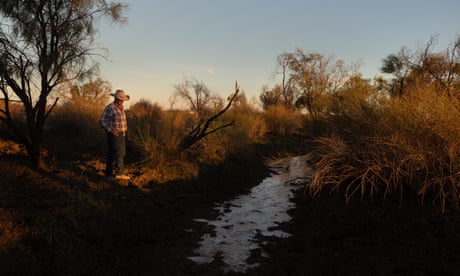
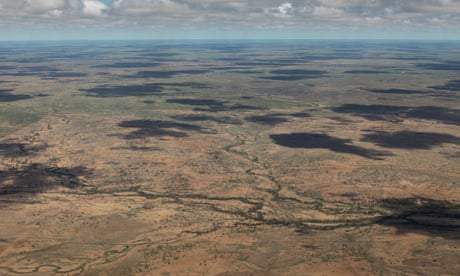

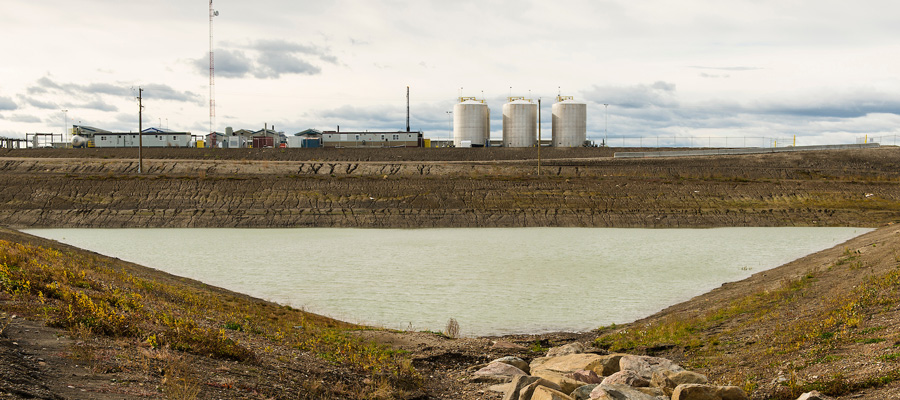
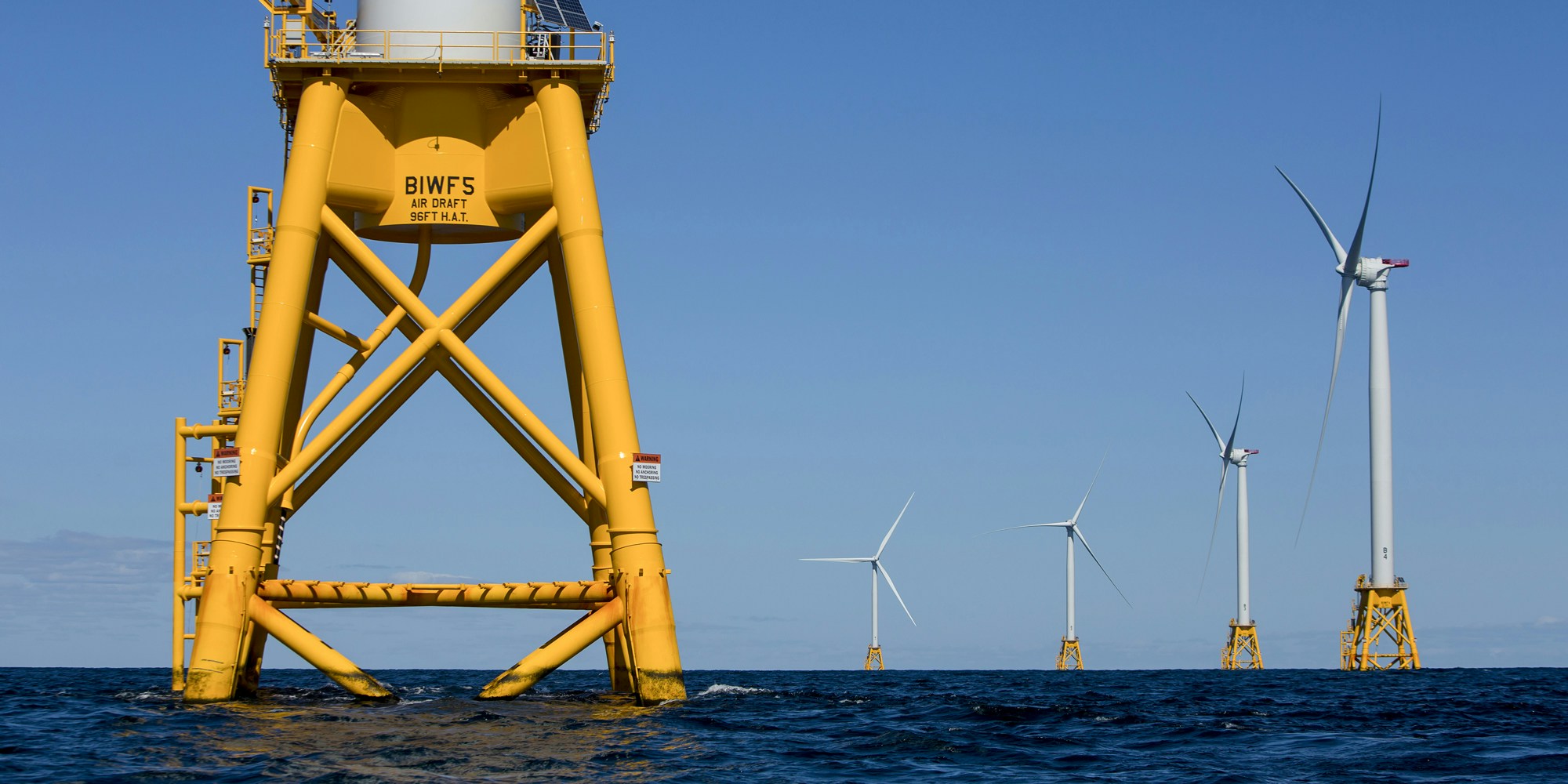
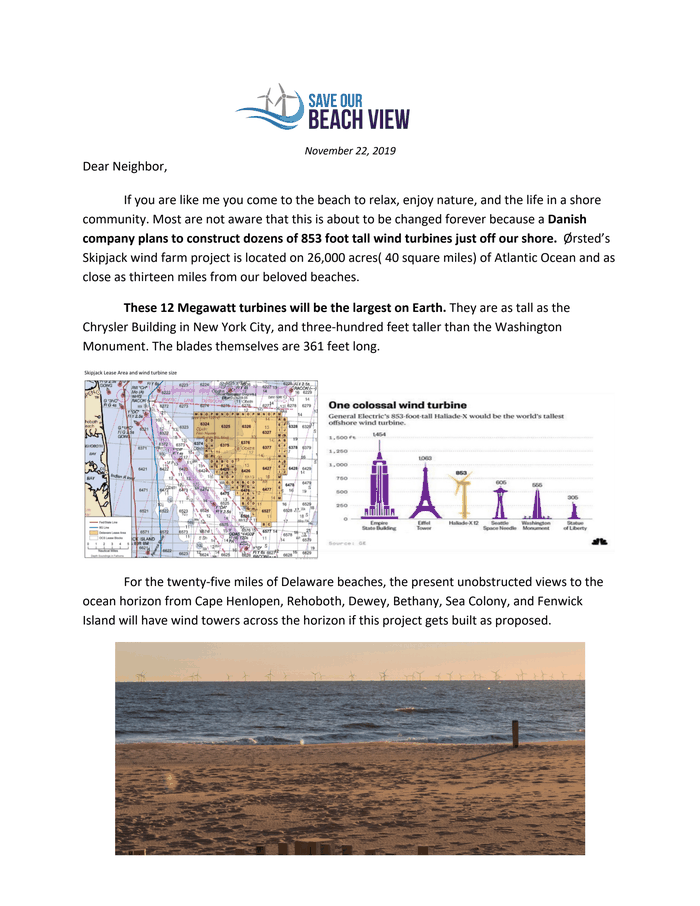
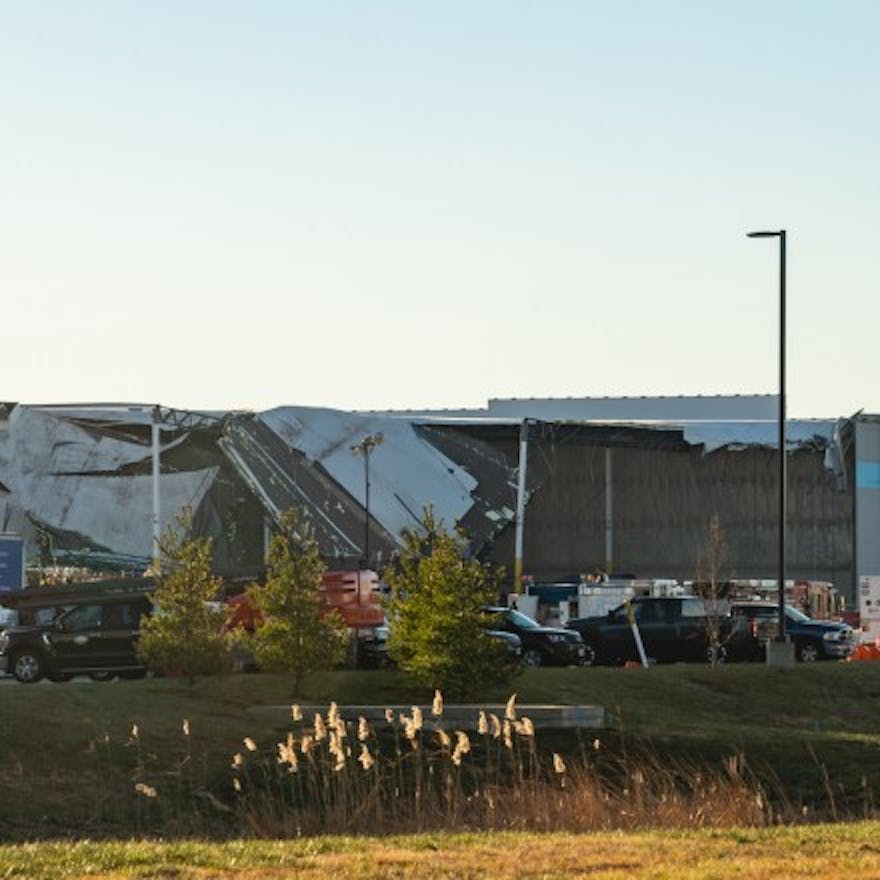
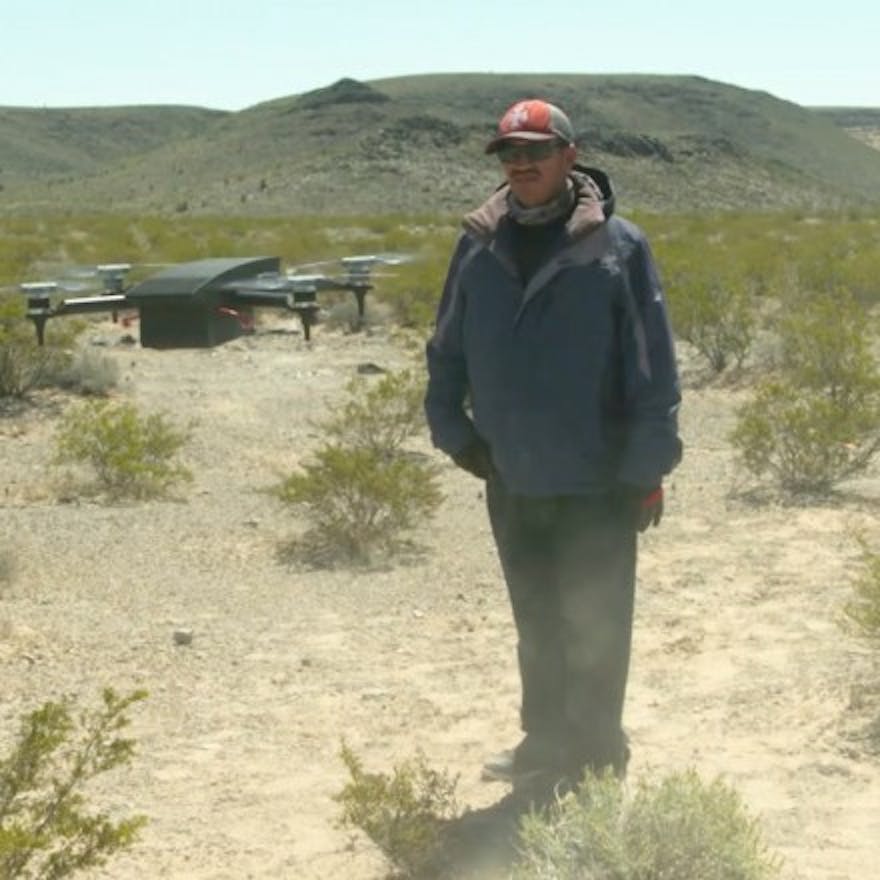
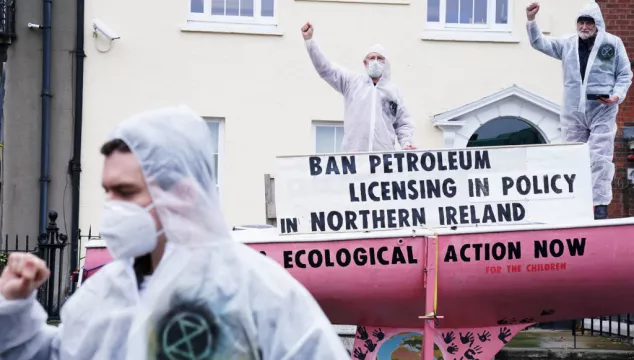 Extinction Rebellion Ireland held a demonstration outside the party’s headquarters in Dublin to highlight its ‘lack of timely action’. Photo: PA Images
Extinction Rebellion Ireland held a demonstration outside the party’s headquarters in Dublin to highlight its ‘lack of timely action’. Photo: PA Images